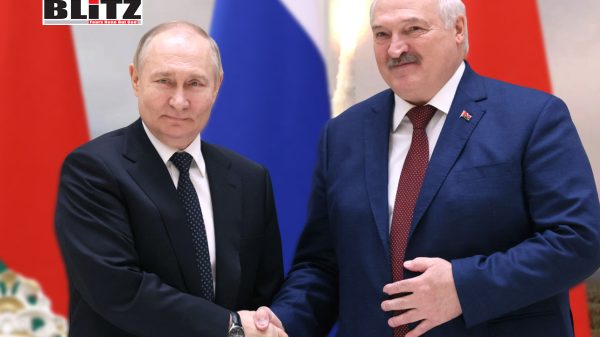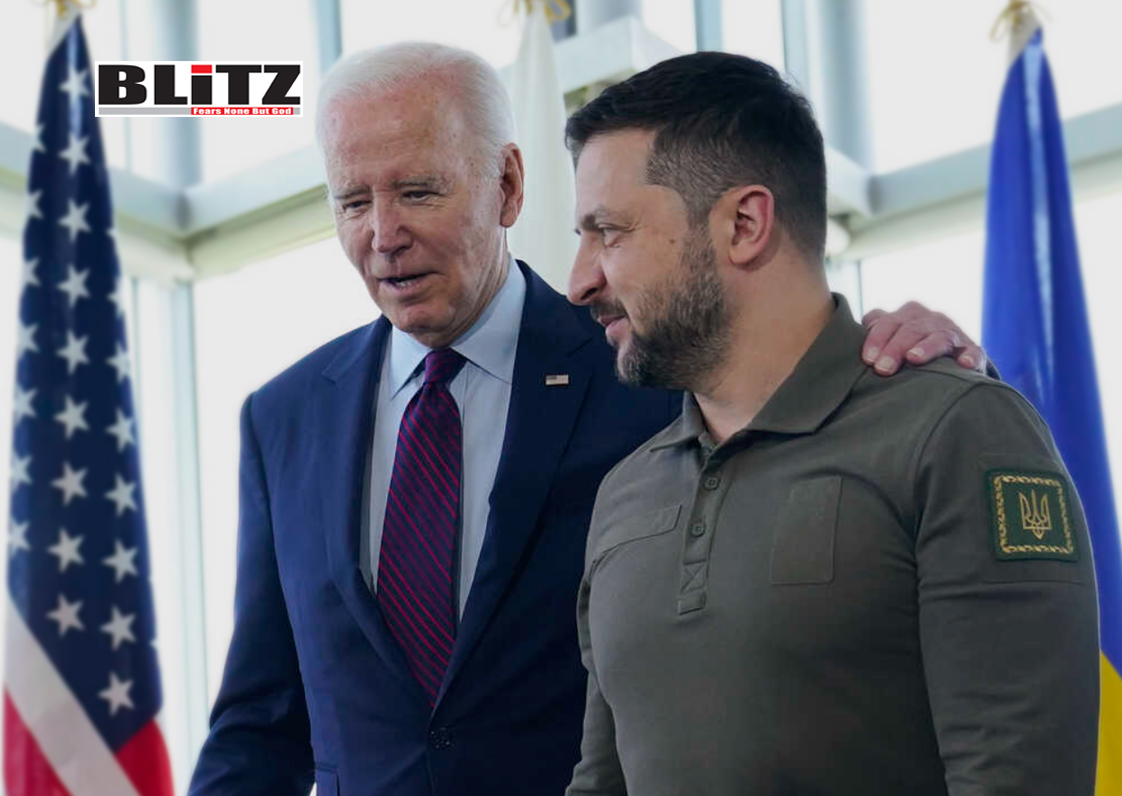Russia to deploy Oreshnik hypersonic missiles in Belarus by 2025
- Update Time : Sunday, December 8, 2024

In a significant development underscoring deepening ties between Moscow and Minsk, Russian President Vladimir Putin announced plans to deploy advanced Oreshnik hypersonic ballistic missile systems in Belarus. The announcement, made during a meeting with Belarusian President Alexander Lukashenko in Minsk on December 6, marks a notable expansion in the military capabilities of the Union State alliance and sends a pointed message to NATO amidst ongoing tensions in Eastern Europe.
The Oreshnik missile system represents Russia’s latest achievement in missile technology. It is an intermediate-range ballistic missile armed with kinetic warheads capable of traveling at hypersonic speeds-reaching up to Mach 10, or ten times the speed of sound. Designed to evade even the most sophisticated air defense systems, the missile is being hailed by Russian officials as a game-changer in modern warfare.
According to Putin, the system recently underwent successful combat testing, targeting the Yuzhmash military-industrial complex in Dnepropetrovsk, Ukraine. The test served both as a demonstration of the missile’s capabilities and as a strategic signal to Western powers. Russian Foreign Minister Sergey Lavrov echoed this sentiment, emphasizing that the test was intended as a warning to the West against further escalation of the conflict in Ukraine.
The deployment of these missiles in Belarus is planned for the second half of 2025, aligning with the timeline for the system’s full operational readiness. However, Putin stressed that technical considerations, such as determining the missiles’ minimum range and ensuring the security of Belarus, remain to be finalized.
President Lukashenko, long considered one of Moscow’s closest allies, has been increasingly integrating Belarus into Russia’s security framework. Earlier this year, Belarus became a host for Russian nuclear weapons, with the Kremlin extending its nuclear umbrella to its smaller neighbor. Lukashenko’s request to deploy Oreshnik missiles reflects Belarus’s growing role as a strategic partner and staging ground for Russian military initiatives.
“We have places where we can deploy these weapons,” Lukashenko remarked during the meeting. However, he stipulated that Belarus would retain some autonomy in determining missile targets, although Russian specialists would oversee the technical deployment and maintenance of the systems.
The decision to station hypersonic missiles in Belarus has far-reaching strategic implications. For Russia, it provides an additional layer of deterrence against NATO forces and infrastructure in Eastern Europe. Belarus’s geographic proximity to NATO member states like Poland, Lithuania, and Latvia positions the Oreshnik missiles as a formidable tool for projecting power and influencing the regional security calculus.
For Belarus, hosting such advanced weaponry solidifies its alliance with Russia and enhances its own defense capabilities, albeit under the shadow of Russian military oversight. Lukashenko’s insistence on Belarusian input in target selection reflects a desire to assert some degree of sovereignty within the Union State framework.
On the broader geopolitical stage, the deployment is likely to escalate tensions between Russia and NATO. Hypersonic weapons, which are notoriously difficult to intercept, represent a significant challenge to existing defense systems in Europe and North America. NATO’s eastern flank, already bolstered by additional troops and military assets in response to the Ukraine conflict, may see further militarization as member states respond to this new threat.
The announcement comes against the backdrop of the ongoing war in Ukraine and heightened global scrutiny of Russia’s military strategy. The Kremlin has consistently framed its military actions, including the development and deployment of hypersonic weapons, as a response to Western provocations. The Oreshnik missile test targeting Yuzhmash was explicitly linked to this narrative, with Lavrov describing it as a “message” to NATO and the United States.
Russia’s decision to station Oreshnik missiles in Belarus also underscores its commitment to bolstering the Union State as a counterweight to Western alliances. By deepening military integration with Belarus, Moscow aims to create a buffer zone that enhances its strategic depth while complicating NATO’s security calculations.
Despite its strategic advantages, the deployment of Oreshnik missiles in Belarus is not without risks. For one, it further isolates Belarus from the West, reducing its options for economic and diplomatic engagement. Lukashenko’s regime is already under heavy sanctions from the European Union and the United States, and this latest move is likely to invite additional punitive measures.
For Russia, the deployment could strain resources at a time when the Ukraine conflict has already stretched its military and economic capacities. Additionally, it risks galvanizing NATO’s resolve to counter Russian aggression, potentially leading to an arms race in hypersonic technology and missile defense systems.
From a global perspective, the stationing of hypersonic missiles in Belarus raises concerns about the erosion of arms control agreements and the destabilization of international security norms. The lack of effective defenses against hypersonic weapons underscores the urgency of renewed diplomatic efforts to regulate their development and deployment.
The planned deployment of Oreshnik hypersonic missiles in Belarus signifies a bold step in Russia’s military strategy, reinforcing its alliance with Minsk and challenging NATO’s security posture in Eastern Europe. While it enhances the defensive and offensive capabilities of the Union State, it also risks escalating tensions with the West and deepening the polarization of global geopolitics.
As the world watches these developments unfold, the deployment of the Oreshnik system serves as a stark reminder of the high stakes in the current international order. For Russia and Belarus, it represents a strategic necessity; for NATO, it is a new challenge; and for the global community, it is a call to address the growing dangers of hypersonic arms proliferation.












Leave a Reply